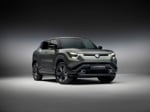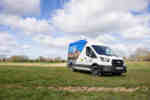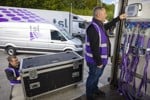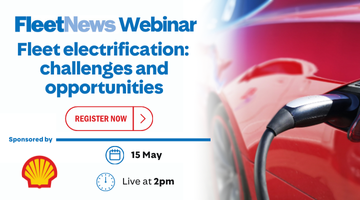Where drivers used to pick the most powerful engine available within their spending limit, the new carbon dioxide-based company car tax system means that approach could prove costly.
Instead, drivers are opting for a more fuel-efficient engine, with lower CO2 emissions, and then investing the rest of their vehicle allowance in enhanced specification.
Nigel Underdown, director of marketing for Godfrey Davis (Contract Hire) said: 'Most drivers are given the choice within a grade or allocation band based on lease rental costs.
'In the past drivers have selected either the most powerful car available or one nearer the top-end of their band.
'Now, although drivers spend up to their limit, they pay more attention to a car's CO2 performance than its CO2 figures.'
For example, the firm estimates that a driver dropping from a BMW 525 for a higher-spec 520 SE would gain climate control, electric windows and alloy wheels, while also reducing his or her company car tax bill.
Underdown added: 'The consequences of the emissions-based company car tax have still to be understood, by fleet managers and drivers alike.
'There are numerous options and opportunities for drivers to reduce their tax liability and fleets have to ensure that their strategies are sufficiently flexible to accommodate these and communicate solutions.'
















Login to comment
Comments
No comments have been made yet.